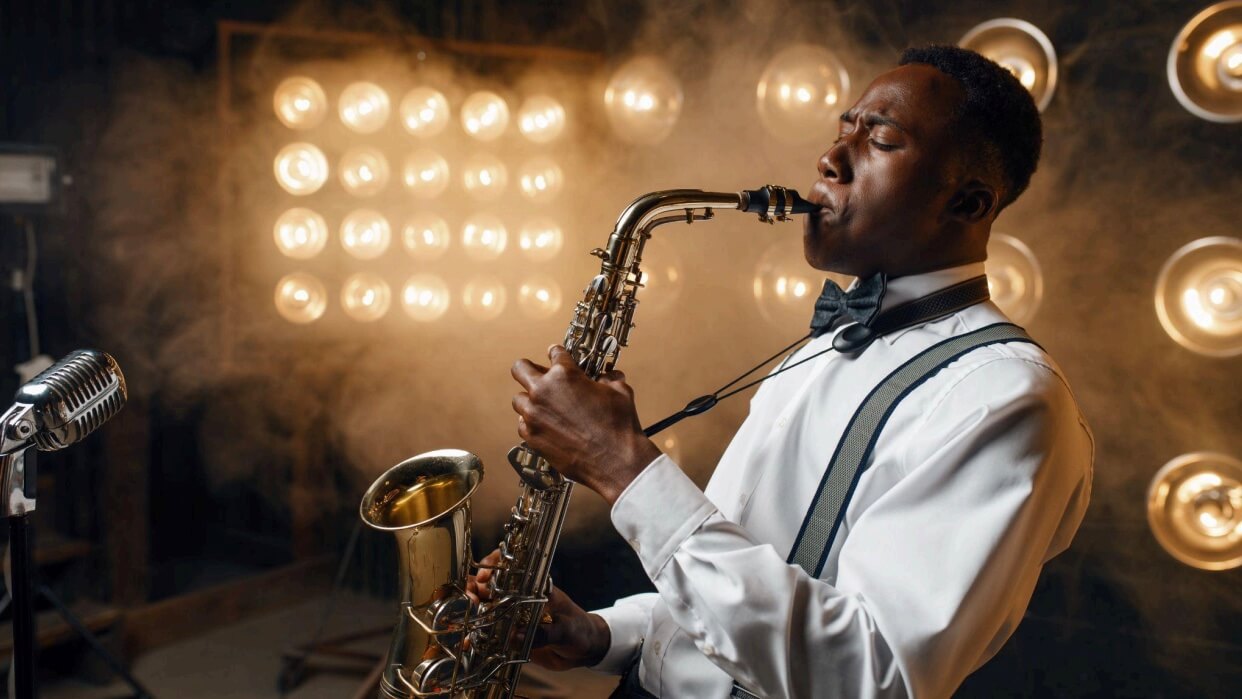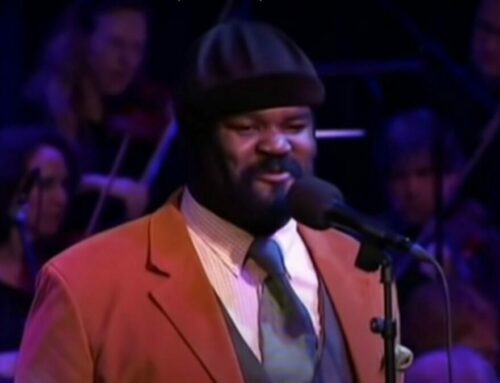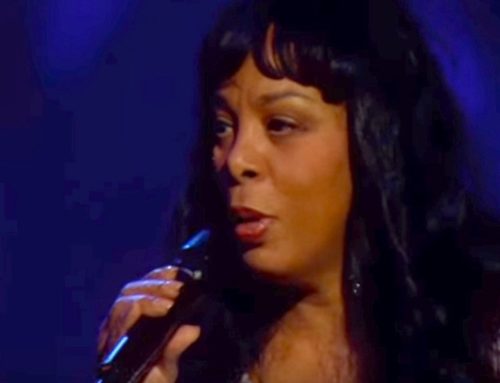There’s hardly a music genre out there that can hold and express emotions like jazz. The reason jazz took the world by storm is that people were desperately looking for a way to share their inner turmoil and struggles, as well as their short moments of happiness and bliss.
No other genre can draw us in and hypnotize us with its deep-seated sentiment like jazz, partly because of the unique way it’s played and its vivid lyrics that stick to our skin like dewdrops. The connection between lyrics and emotion is as intrinsic as it is real; to enjoy it, you need to experience the full impact of the words and relish the feelings they bring.
Playing and Singing Jazz – Being Fully Present in Your Heart
These days, we fear being disliked for the art we create and even more so from legal entanglements like illegally using copyrighted music, but artists of the mid-twentieth century had much bigger concerns. Censorship and suppression of emotion from the public eye were the norm then, and jazz audaciously rebelled against that. Some of the greatest jazz musicians of all time, like Jon Coltrane, Nina Simone, Billie Holiday, and Miles Davis, sang “from the soul,” which etched their music into history. They were incredible artists who understood and lived the essence of jazz – fully expressing what you’re feeling in the moment.
Their lyrics weren’t complex because of the precise choice of words and cadence but rather because they could perfectly convey the essence of just about any emotion, be it mirth or sorrow, heartache or joy. Jazz is the sound of freedom, and as such, it gives a lot of it to its musicians, who then tailor it to their mood and emotional state.
This is where the improvisational side of jazz comes in – expressing yourself fully means having a wide berth to do so, and improvisation gives you exactly that. That’s why you’ll never hear the same song sounding identical in two different instances – the performance changes with the mood of the player and the singer.
Interpreting well-known lyrics while staying rooted in the present moment might seem easy, but that’s only because professionals make it look so. That’s why when different singers perform the same song, the feeling you take away from it is different, and jazz aficionados usually have that one interpretation they love above all others.
In jazz, more than any other genre, music and lyrics weave a unique tapestry for every artist and the listener, this is where its immense value lies. The legends of jazz were completely present with their feelings and expressed them fully in front of their audience, and the world took notice. They were the ones who showed that being completely open and sharing your heart and all its treasures could shake the world.
A Short Selection of Most Jazz Emotional Songs and Lyrics
There can never be a definitive list ofthe most emotive jazz songs because that goes directly against the core of what jazz is. These lyrics and music are meant to be enjoyed, not compared, so here’s a small selection of the most emotional jazz songs, according to this writer.
“Little Girl Blue” by Nina Simone
One of Nina Simone’s deepest and most layered songs, “Little Girl Blue” is the epitome of the singer’s signature complementation of symbolic lyrics and soulful locals. Singing about innocence faced with the harsh realities of the world, Nina Simone paints a picture of her own young years, during which she had to go through hardship and refusal.
Bravely exposing her innermost vulnerabilities, the singer shows us the deep-seated sadness because of the close-minded people, and, at the same time, the need to be loved and accepted despite of it. “Little Girl Blue,” with its beautiful juxtapositions and flows, is one of Simone’s earliest and most emotional masterpieces.
“Lush Life” by John Coltrane and Johnny Hartman
If you’re looking for a song about unrequited love that will transport you to an era of “jazz and cocktails,” then “Lush Life” is the song for you. This song is brimming with melancholy, the sting of loneliness, and the deep, velvety voice of Johnny Hartman, who brought the lyrics to its full glory.
The cascading pain is only augmented by the enveloping saxophone tunes of John Coltrane and his quartet. The song’s lyrics perfectly capture how a lost love can diminish the splendor of even the most dazzling life, and Hartman brings this to life with the raw and moving emotion in his vocals. If a match ever was made in heaven, it was Coltrane and Hartman bringing Stayhorn’s lyrics to life in this unforgettable song.
“Strange Fruit” Billie Holiday
If you ever wonder how one song can move the masses, just listen to “Strange Fruit.” The uniquely haunting music and Billie Holiday’s mesmerizing voice stand in stark contrast with its topic – the horror and injustice of African Americans being lynched and hanged. The truth in the song stopped everyone who listened to it in its track, and while Holiday knew how risky it was to bring it to the public, she bravely made it her own.
The lyrics are stacked on each other, each more condemning and terrifying than the last. The songwriter was a humble teacher, Abel Meeropol, who worked with Holiday to bring awareness of the ugly side of history to everyone willing to listen. And oh, how it resonated! To this day, “Strange Fruit” is considered the original protest song in which Holiday merged terrors of life and art into one unnerving yet beautiful masterpiece.
Conclusion
The connection between lyrics and emotion in jazz cannot be easily defined or summarized, mostly because they’re so closely knit together. While the music is there to transport you to another time, the lyrics are the ones that will paint the picture and set the emotional stage on which your emotions will mingle with the artist’s and create something truly magical.
Donna Maurer
donnamaurer.com






